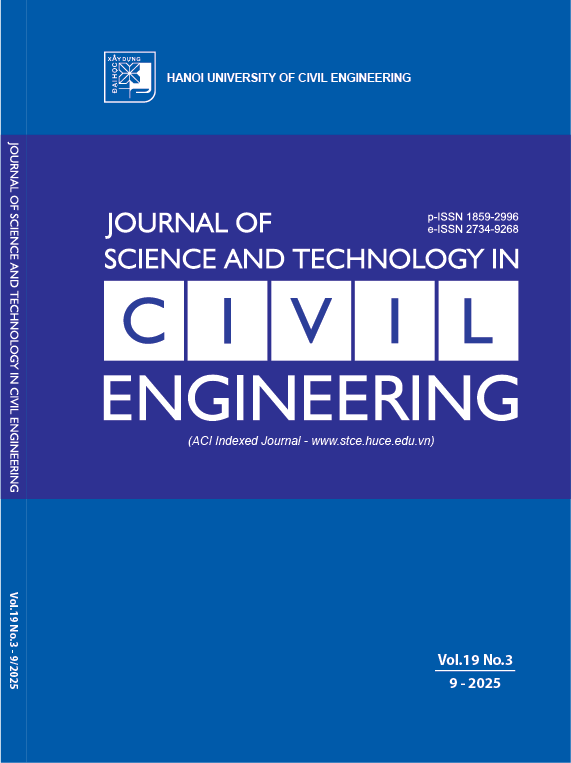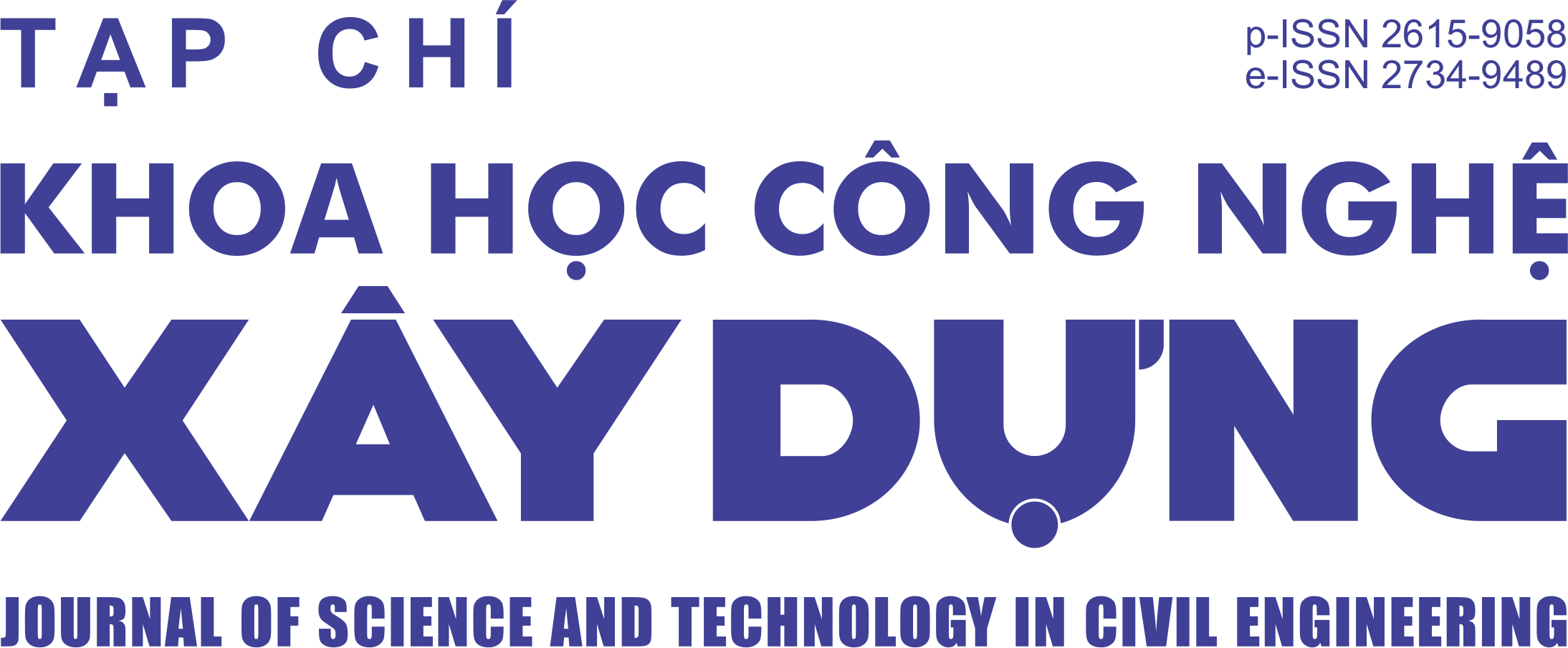Cluster analysis of consumer characteristics influencing willingness to pay for green buildings and associated energy-efficient purchases in Taiwan
Abstract
Given the built environment’s central role in driving sustainability, understanding consumer cluster characteristics that shape willingness to pay (WTP) for environmentally friendly built environment technologies is essential for informing effective urban sustainability strategies. This study applies principal component analysis (PCA) to identify the sociodemographic, psychographic and cognitive characteristics of different consumer clusters in Taiwan, and their influence on WTP for green buildings and associated energy-efficient purchases. Data from a comprehensive survey examining variables such as age, gender, income, education, household composition, and environmental knowledge and attitudes were analyzed. Principal component analysis was applied to reduce data dimensionality, followed by k-means clustering to identify distinct consumer clusters. Four clusters with unique characteristics were observed. The cluster with the lowest WTP was composed of low-income, less-educated individuals with low environmental knowledge and the oldest average age. The cluster exhibiting the highest WTP mostly consisted of highly educated, high-income females with high environmental awareness and attitude. The second-ranking WTP was observed in a cluster primarily composed of moderately educated individuals with moderate incomes, high environmental awareness and attitude scores, and living in households with very few or no children or seniors. A family-oriented cluster was also identified, characterized by moderate income, moderate education levels, and large households including children and seniors, ranking third in WTP. Recognizing these distinct cluster characteristics allows for the development of targeted interventions that address specific barriers and motivators within each consumer cluster, thus facilitating the adoption and integration of energy-efficient and sustainable built environment technologies in Taiwan.
Downloads
Copyright (c) 2025 Hanoi University of Civil Engineering

This work is licensed under a Creative Commons Attribution-NonCommercial-NoDerivatives 4.0 International License.
1. The Author assigns all copyright in and to the article (the Work) to the Journal of Science and Technology in Civil Engineering (JSTCE) – Hanoi University of Civil Engineering (HUCE), including the right to publish, republish, transmit, sell and distribute the Work in whole or in part in electronic and print editions of the Journal, in all media of expression now known or later developed.
2. By this assignment of copyright to the JSTCE, reproduction, posting, transmission, distribution or other use of the Work in whole or in part in any medium by the Author requires a full citation to the Journal, suitable in form and content as follows: title of article, authors’ names, journal title, volume, issue, year, copyright owner as specified in the Journal, DOI number. Links to the final article published on the website of the Journal are encouraged.
3. The Author and the company/employer agree that any and all copies of the final published version of the Work or any part thereof distributed or posted by them in print or electronic format as permitted herein will include the notice of copyright as stipulated in the Journal and a full citation to the Journal as published on the website.







